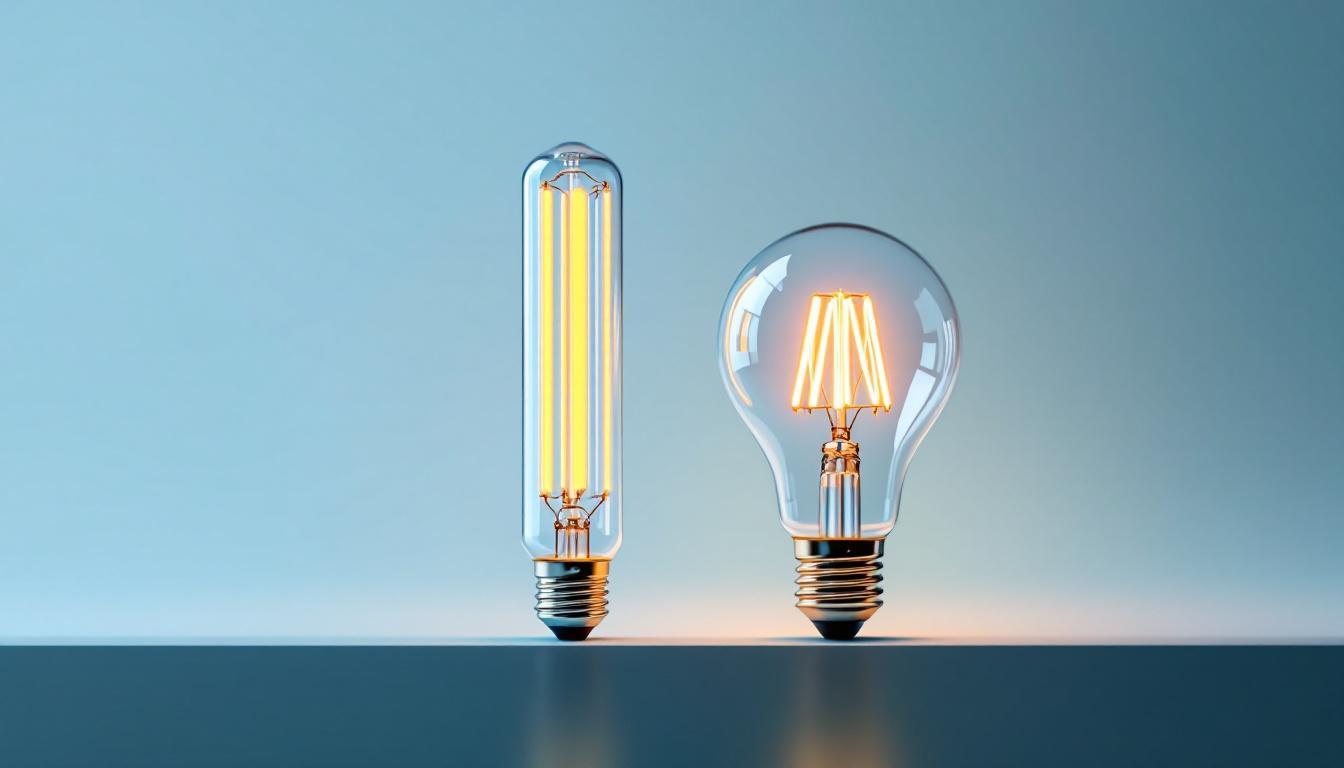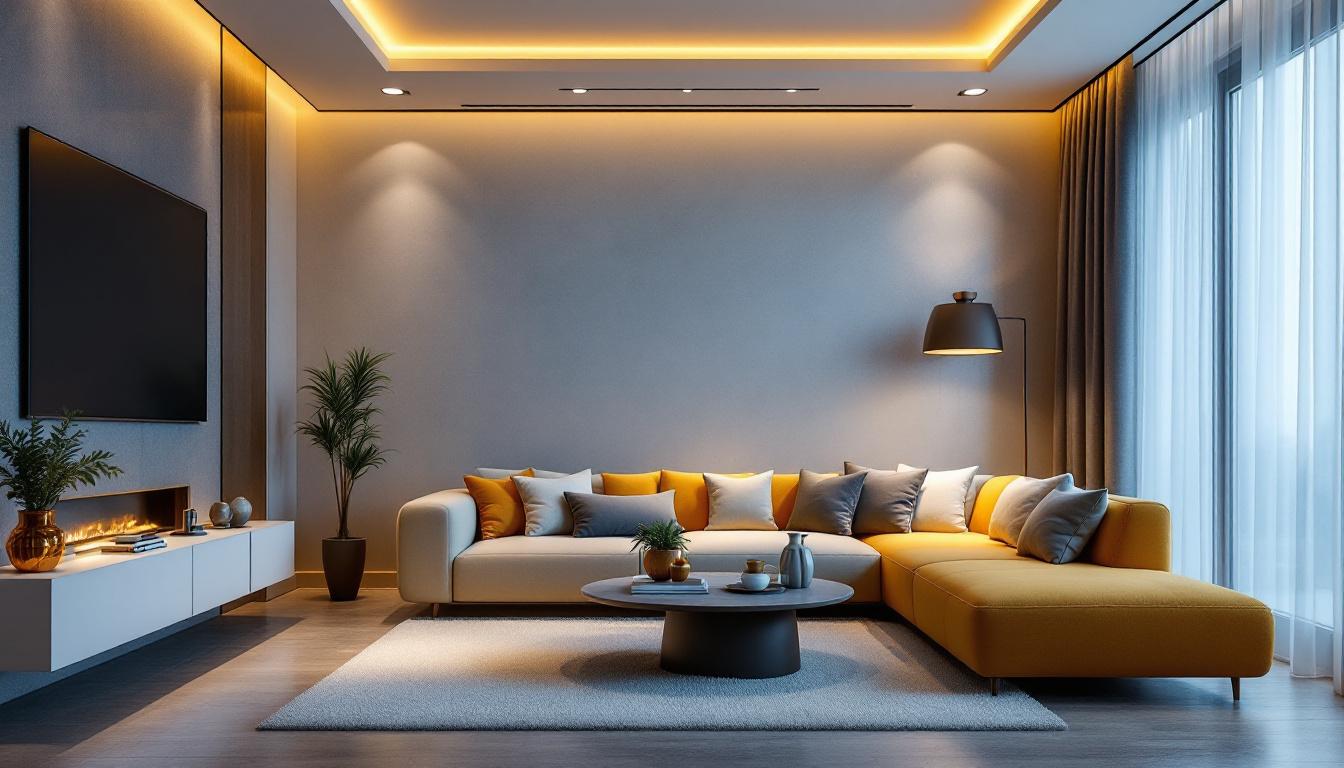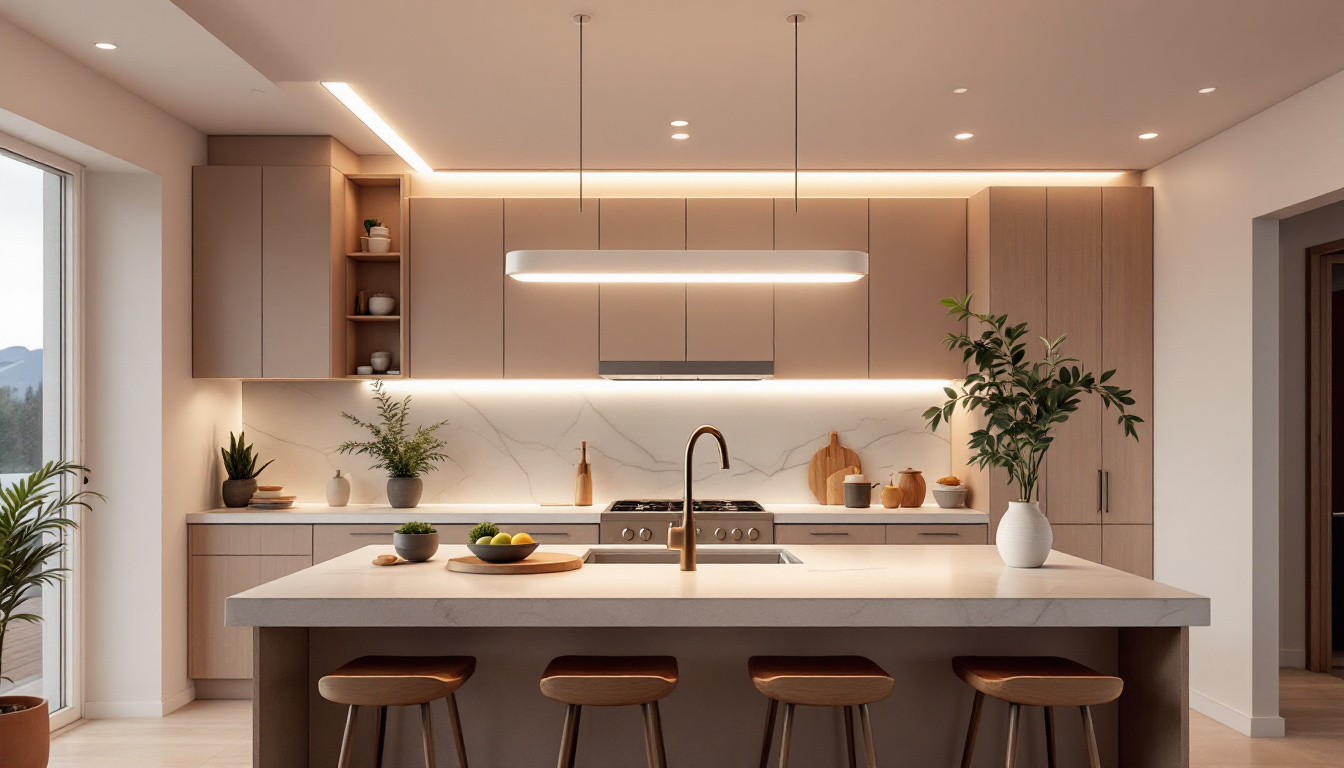
For lighting contractors, understanding the differences between various types of fluorescent bulbs is crucial for delivering optimal solutions to clients. Among the most commonly used fluorescent tubes are T8 and T12 bulbs. While both serve similar purposes, they differ significantly in terms of efficiency, size, and application. This article will provide a comprehensive checklist to help lighting contractors navigate the nuances between T8 and T12 bulbs, ensuring informed decisions for their projects.
T8 and T12 bulbs are both linear fluorescent lamps, but they differ in diameter and performance characteristics. The “T” in their names stands for “tubular,” while the number indicates the diameter of the bulb in eighths of an inch. Therefore, a T8 bulb has a diameter of 1 inch (8 eighths), while a T12 bulb has a diameter of 1.5 inches (12 eighths).
The differences in diameter lead to variations in energy consumption, light output, and overall efficiency. T8 bulbs are generally more efficient than T12 bulbs, which can significantly affect operational costs and energy consumption in commercial settings.
The physical dimensions of T8 and T12 bulbs are one of the most noticeable differences. T8 bulbs are slimmer and lighter, making them easier to handle and install. Their smaller size allows for more compact fixtures, which can be beneficial in spaces where ceiling height is limited or where a sleek design is desired.
In contrast, T12 bulbs are bulkier and heavier. This can lead to challenges during installation, particularly in tight spaces. Additionally, the larger diameter of T12 bulbs means that they often require larger fixtures, which can take up more space and may not fit well in modern designs. The weight and size of T12 bulbs can also necessitate more robust mounting hardware, which can add to installation costs and complexity.
Energy efficiency is a critical consideration for lighting contractors when selecting bulbs for their clients. T8 bulbs typically consume less energy than T12 bulbs while providing comparable or even superior light output. This efficiency translates into lower electricity bills and a reduced carbon footprint, making T8 bulbs a more environmentally friendly option.
Furthermore, T8 bulbs often come with electronic ballasts that enhance their efficiency. These ballasts allow for better control over the light output and reduce flickering, which can improve the overall lighting quality in a space. In contrast, T12 bulbs usually operate with magnetic ballasts, which are less efficient and can lead to higher energy costs over time. The advancements in T8 technology also mean that they can be designed to produce a higher lumen output per watt, making them a popular choice in settings that require bright, consistent lighting, such as warehouses and retail spaces.
Moreover, the shift towards T8 bulbs is not just about energy savings; it also aligns with evolving regulations and standards aimed at reducing energy consumption in commercial buildings. Many municipalities and states have implemented incentives for businesses to upgrade to more efficient lighting solutions, further encouraging the transition from T12 to T8. This trend reflects a broader commitment to sustainability and energy efficiency, as businesses recognize the long-term benefits of investing in modern lighting technologies.
Choosing the right bulb for a specific application is essential for achieving the desired lighting effect and energy efficiency. T8 and T12 bulbs are suited for different environments and purposes, and understanding these applications can help contractors make informed decisions.
T8 bulbs are widely used in commercial and industrial settings due to their efficiency and versatility. They are ideal for environments that require bright, consistent lighting, such as offices, retail spaces, and warehouses. Their energy-saving properties make them particularly appealing for businesses looking to reduce operational costs.
Additionally, T8 bulbs are often used in schools and hospitals, where quality lighting is essential for productivity and well-being. Their ability to provide bright illumination without excessive heat generation makes them suitable for environments where comfort is a priority. Furthermore, the color temperature of T8 bulbs can be tailored to suit different settings, with options ranging from warm white to cool daylight, allowing for a customizable atmosphere that can enhance mood and focus.
In addition to their common applications, T8 bulbs are increasingly being integrated into smart lighting systems. These systems allow for automated control of lighting based on occupancy or time of day, further improving energy efficiency and convenience. As businesses continue to embrace technology, the adaptability of T8 bulbs makes them a forward-thinking choice for modern lighting solutions.
While T12 bulbs are becoming less common due to their lower efficiency, they still find applications in specific settings. T12 bulbs are often used in older buildings or facilities that have not yet transitioned to more modern lighting solutions. They may also be found in situations where the initial cost of replacement is a concern, despite the long-term savings associated with T8 bulbs.
Some contractors may still opt for T12 bulbs in specialized applications, such as certain types of industrial lighting or where specific color rendering is required. However, it is essential to evaluate whether these applications justify the inefficiencies associated with T12 technology. For instance, in environments where color accuracy is critical, such as in art studios or certain manufacturing processes, T12 bulbs may still serve a purpose despite their drawbacks.
Moreover, T12 bulbs can sometimes be found in retrofitted fixtures that were originally designed for them, allowing for a seamless integration into existing systems without the need for extensive modifications. This can be particularly advantageous for facilities looking to maintain historical aesthetics while still providing adequate lighting. However, as energy regulations become stricter, the trend is shifting towards more efficient options, making it increasingly important for facility managers to consider the long-term implications of their lighting choices.
When evaluating T8 and T12 bulbs, cost is a significant factor that contractors must consider. While the initial purchase price of T12 bulbs may be lower, the long-term operational costs can be much higher due to their increased energy consumption and shorter lifespan compared to T8 bulbs.
T12 bulbs often come with a lower upfront cost, making them an attractive option for budget-conscious projects. However, this initial savings can be misleading, as the total cost of ownership must also be taken into account. T8 bulbs, while potentially more expensive at the outset, can lead to significant savings over time due to their energy efficiency and longer lifespan.
When considering long-term savings, T8 bulbs typically outperform T12 bulbs. Their greater energy efficiency means lower electricity bills, which can add up significantly over the lifespan of the bulbs. Additionally, T8 bulbs generally last longer, reducing the frequency of replacements and associated labor costs.
Furthermore, many utility companies offer rebates and incentives for switching to energy-efficient lighting solutions, which can further offset the initial costs of T8 bulbs. Contractors should be aware of these programs and communicate potential savings to clients.
As sustainability becomes increasingly important in the construction and lighting industries, the environmental impact of lighting choices cannot be overlooked. T8 bulbs offer several advantages in this regard, making them a more eco-friendly option compared to T12 bulbs.
The energy efficiency of T8 bulbs translates into reduced energy consumption, which is beneficial for the environment. By using less electricity, T8 bulbs contribute to lower greenhouse gas emissions and a smaller carbon footprint. This is particularly important for businesses looking to enhance their sustainability practices.
Another important consideration is the disposal of fluorescent bulbs. Both T8 and T12 bulbs contain small amounts of mercury, which requires careful handling and disposal. However, the longer lifespan of T8 bulbs means that fewer bulbs need to be replaced over time, resulting in less waste generated.
Contractors should educate clients on proper disposal methods and recycling options for fluorescent bulbs, as this can further minimize environmental impact. Many communities have recycling programs specifically for fluorescent lighting, which can help ensure safe disposal.
The lighting industry is evolving rapidly, with advancements in technology leading to new options for contractors and clients alike. While T8 and T12 bulbs have been staples in commercial lighting, the emergence of LED technology is reshaping the landscape.
LED lighting has gained popularity due to its superior energy efficiency, longer lifespan, and lower environmental impact compared to traditional fluorescent bulbs. As prices for LED technology continue to decrease, many contractors are now recommending LED options to clients as a long-term solution.
While T8 bulbs may still be a viable choice for certain applications, the shift towards LED lighting is undeniable. Contractors should stay informed about the latest developments in LED technology and consider how these advancements can benefit their projects.
For facilities still using T12 bulbs, transitioning to T8 or LED lighting can yield significant benefits. Contractors can play a crucial role in guiding clients through this transition, helping them understand the advantages of upgrading their lighting systems.
It’s essential to conduct a thorough assessment of the existing lighting setup and recommend the most suitable options based on the specific needs of the client. This may involve evaluating factors such as light output, color temperature, and energy consumption to ensure a smooth transition.
In summary, understanding the differences between T8 and T12 bulbs is essential for lighting contractors aiming to provide the best solutions for their clients. T8 bulbs offer numerous advantages in terms of energy efficiency, lifespan, and environmental impact, making them a more favorable choice in most applications.
While T12 bulbs may still have a place in certain settings, the trend towards more efficient lighting solutions is clear. By staying informed about the latest developments in lighting technology and understanding the specific needs of clients, contractors can make informed recommendations that lead to better outcomes for both businesses and the environment.
Ultimately, the choice between T8 and T12 bulbs should be guided by a thorough assessment of the project requirements, cost considerations, and the long-term benefits of energy-efficient lighting solutions. By following this checklist and staying abreast of industry trends, lighting contractors can ensure they are providing the best possible service to their clients.
Ready to elevate your lighting solutions with the efficiency and quality of T8 bulbs? At LumenWholesale, we specialize in providing lighting contractors with the best in spec-grade lighting products at prices that can’t be beaten. Say goodbye to local distributor markups and hello to a vast selection of top-tier, industry-standard lighting options. With the added convenience of free shipping on bulk orders, LumenWholesale is your go-to source for premium lighting without the premium price tag. Don’t compromise on quality or value—choose LumenWholesale for your next project. Wholesale Lighting at the Best Value.

Discover how recessed can light inserts are transforming contemporary interiors with their sleek design and versatile functionality.

Discover expert tips from lighting contractors on selecting the perfect flush mount kitchen lighting.

Discover the essential guide for lighting contractors with our comprehensive handbook on light fixtures.

Explore the essential compliance guidelines for surface mount LED lights in this informative article tailored for lighting contractors.